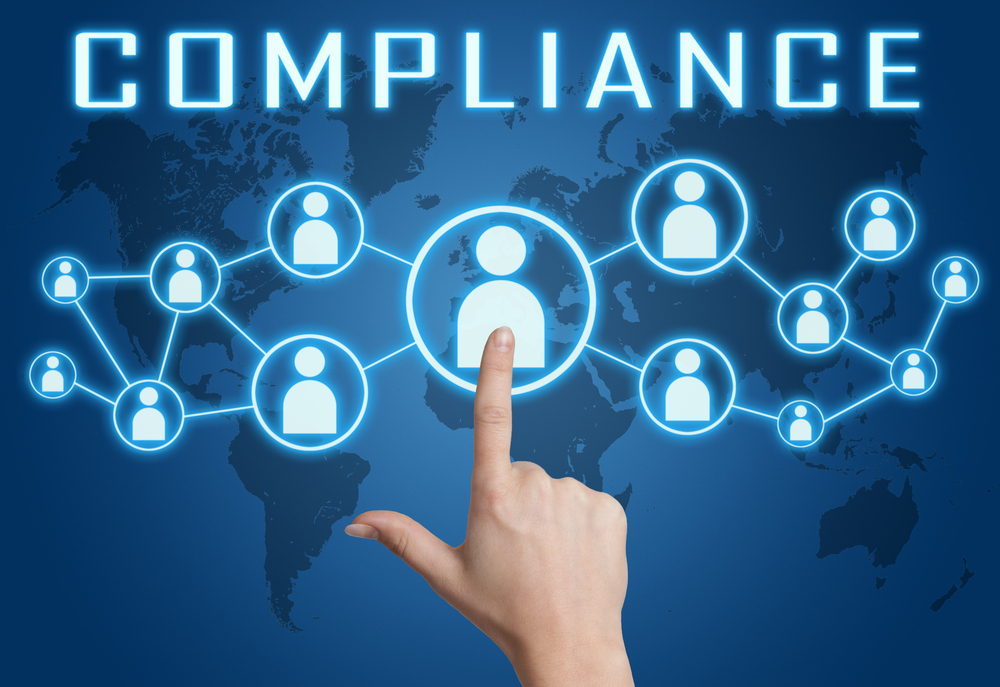"The Ultimate Guide to Vehicle Importing: Key Steps and Considerations"
Importing a vehicle can be an exciting and rewarding experience, but it also involves a series of crucial steps and considerations. This ultimate guide serves as a roadmap to navigate the complexities of vehicle importing. From understanding legal requirements to managing documentation and customs processes, we will explore the essential factors that contribute to a successful vehicle importation.
- Research and Legal Requirements:
Before diving into the importation process, it’s crucial to conduct thorough research. Understand the legal requirements and regulations specific to your country or region. These may include emissions standards, safety regulations, import restrictions, and tax obligations. Familiarize yourself with the necessary permits, licenses, and certifications required to import vehicles legally. - Selecting the Vehicle:
Choose the vehicle you intend to import carefully. Consider factors such as model availability, vehicle condition, and compatibility with local regulations. Conduct a comprehensive vehicle history check to ensure its legitimacy and authenticity. Additionally, research the vehicle’s value, market demand, and potential resale prospects to make an informed decision. - Documentation and Paperwork:
Proper documentation is a crucial aspect of vehicle importation. Gather all the necessary paperwork, including the vehicle’s title, registration, bill of sale, and any other relevant documents. Additionally, verify the requirements for importing vehicles, such as the import declaration form, emissions compliance certificates, and customs documentation specific to your country or region. - Customs Processes and Clearance:
Navigating customs processes is a significant step in importing vehicles. Research the customs regulations and procedures applicable to your location. Prepare the required paperwork, such as the import declaration, customs bond, and any applicable taxes or duties. Work closely with a Customs Broker to ensure compliance and facilitate a smooth customs clearance process. - Transportation and Shipping:
Consider the logistics of transporting the vehicle from its origin to your destination. Evaluate different shipping methods, such as roll-on/roll-off (RO-RO) or container shipping, and choose the one that best suits your needs. Select a reliable shipping company with experience in vehicle transportation, ensuring proper handling, insurance coverage, and timely delivery. - Customs Duties, Taxes, and Fees:
Understand the financial aspects of importing a vehicle, including customs duties, taxes, and fees. Research the applicable rates and regulations governing these costs. Consider consulting with a financial advisor or customs specialist to determine the potential expenses involved and plan your budget accordingly. - Vehicle Inspection and Modifications:
Depending on the regulations and safety standards of your country or region, imported vehicles may require inspections and modifications. Prepare for any necessary adjustments, such as converting the vehicle to meet local emissions standards or making modifications to comply with safety regulations. Engage certified professionals for inspections and modifications to ensure compliance. - Registration and Licensing:
Once the vehicle has cleared customs and meets all local requirements, proceed with the registration and licensing process. Contact the appropriate authorities responsible for vehicle registration and follow their guidelines. Provide the necessary documents, pay any applicable fees, and obtain the required license plates and registration documents to make the vehicle legally operable in your country. - Insurance Coverage:
Obtain proper insurance coverage for your imported vehicle. Consult with insurance providers experienced in insuring imported vehicles to ensure you have adequate coverage. Consider factors such as comprehensive insurance, liability coverage, and coverage for any modifications made to the vehicle. - Ongoing Maintenance and Compliance:
After successfully importing and registering the vehicle, prioritize ongoing maintenance and compliance with local regulations. Adhere to scheduled maintenance, keep records of service history, and ensure the vehicle meets all safety and emissions standards. Stay updated on any regulatory changes that may affect your imported vehicle.
Conclusion:
Importing a vehicle involves a series of essential steps and considerations to ensure a smooth and successful process. By understanding the legal requirements, managing documentation, navigating customs processes, and considering various factors, you can embark on an importation journey with confidence. Stay informed, seek professional guidance when needed, and enjoy the experience of importing your desired vehicle.






